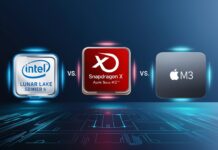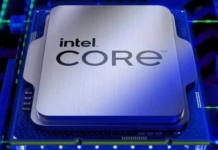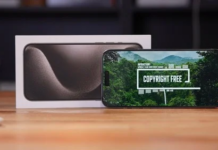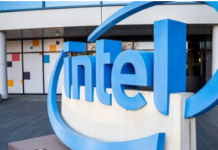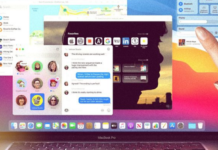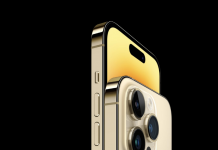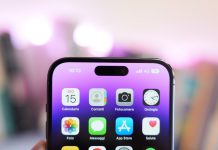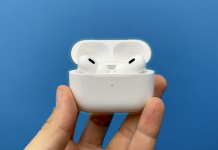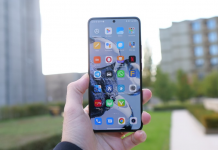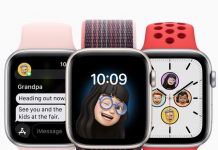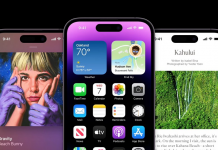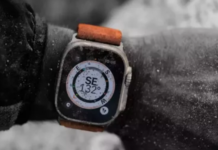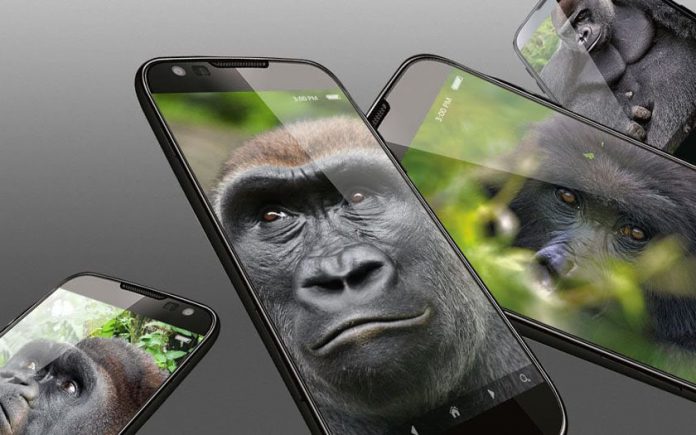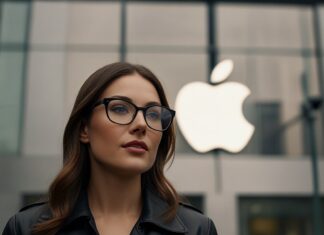The Gorilla Glass 6, DX and DX were announced by Corning. This new generation of screen protections brings its share of improvements but all these new lenses do not have the same function. Compatible devices, fall and scratch resistance, anti-reflection, here are the differences between these new Gorilla Glass.
Corning has just introduced its new Gorilla Glass 6 protective lenses, as well as the DX and DX models, for different uses. In any case, they serve to make the slabs of our devices more resistant, which would have without their presence the unfortunate tendency to scratch easily or break at the slightest fall. Let’s compare the promises of American society for its new generations of glasses.
The first big difference is the type of device for which these protections are intended. The Gorilla Glass 6 will be used on our smartphones, like its predecessors. We do not yet know when the first smartphone will be released but we can be sure that it will be offered on many models in the coming years. Currently, the Gorilla Glass 5 is a benchmark.
Gorilla Glass 6, DX and DX to protect our screens
The Gorilla Glass DX and DX are very different. They will first be available on smartwatches, before spreading to other products. Corning said there was still development work to be done to extend this new technology to devices with a larger screen. We will soon see them land on smartwatches and bracelets, but not for a while elsewhere.
At this time, all the technical details of these upcoming protective lenses have not been released. But Corning’s description allows us to get a good idea of the dissimilarities between these products. It seems the Gorilla 6 was primarily designed for shock and fall resistance. It would be twice as strong as the Gorilla 5, which was already quite effective itself. With the Gorilla 6, it will be possible to drop your smartphone more often (15 falls of 1 meter) but also higher.
On the other hand, no improvement in stripes. And that’s where the Gorilla Glass DX and DX come in. These solutions better protect against this scourge that affects so many users. The DX version shouldn’t do much better than the Gorilla Glass 6 in this area, but the DX is justly designed to avoid scratches and this type of damage. This is also the biggest difference with the standard DX.
The Gorilla Glass DX and DX also stand out in another way because they carry anti-reflection properties that are necessarily very practical on a watch but that we would also see arrive on our smartphones. Both protective lenses offer a 75% improvement in reverberation capacity and a much better contrast. The readability on the screen in high light conditions should therefore have nothing to do with what the alternatives offer.


